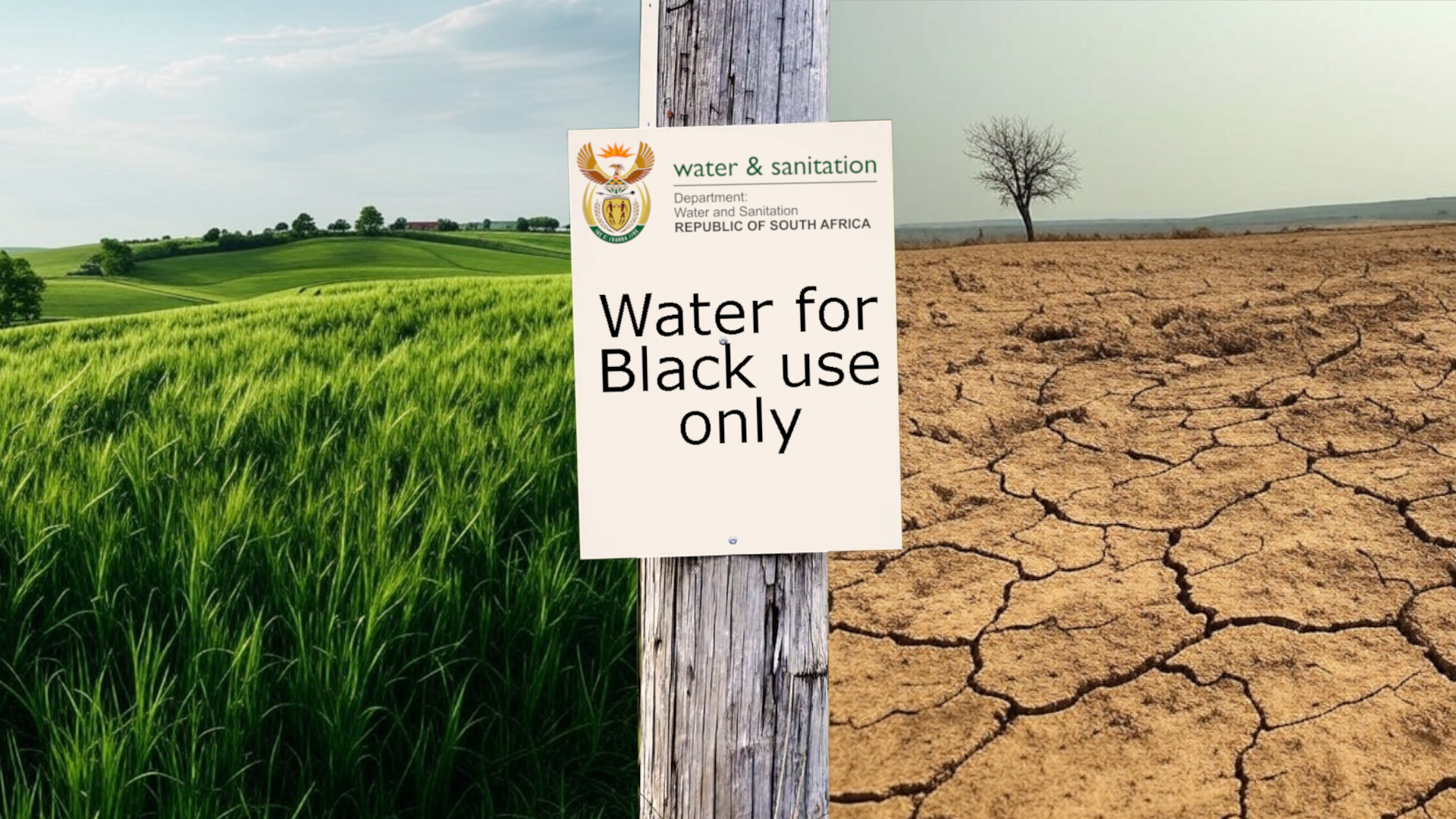South Africa announced plans for new nuclear power stations to address the ongoing energy crisis, inviting bids in a process expected to take a decade.
Opposition parties criticized the move, alleging a preference for Russia's Rosatom, linked to a previous controversial $76 billion nuclear deal signed in 2014, canceled in 2017 due to a sloppily written environmental impact assessment (EIA).
The new deal seeks bidders for a 2.5GW station contract, a quarter of the original Rosatom project’s advertised capacity, and will be financed by Gazprombank in partnership with PetroSA.
The opposition Democratic Alliance has been vocal about the new project, once more hinting at concerns over past corruption allegations. But their biggest concern appears to be that the government is approaching Russia rather than, say, France or the United States, for the contract.
The DA, in a press release penned by Kevin Mileham, MP and Shadow Minister of Mineral Resources and Energy (pictured above, opposite Electricity Minister Kgosientsho Ramakgopa), expresses deep concern over the PetroSA/Gazprombank deal, invoking the Promotion of Access to Information Act to obtain related Records of Decision. The party aims to scrutinize bid criteria, scoring, feasibility analyses, and cost-benefit assessments to ensure transparency and assess motivations.
They argue that the Department of Mineral Resources and Energy's rush to finalize deals ahead of elections raises questions about the decision's rationale and potential impact on national security and the economy. The DA emphasizes the need for a thorough examination of the decision-making process and warns against potential state capture in the energy sector, particularly regarding Gazprombank's selection. The party vows to uphold accountability and transparency in the interest of South Africa's economy and national security.
South Africa remains the only country in Africa with nuclear power, and one of the few with proven uranium reserves, which extend well into the Cape. Koeberg currently provides approximately 1,900 MW, 5% of the country's energy needs, with a nominal installed capacity of about 46,000 MW. The plant’s license expires in 2024, and is due for renewal.
Nuclear remains the most environmentally friendly form of energy generation, as well as the most efficient after initial capital investment. But when Jacob Zuma entered into business with Russian nuclear energy manufacturer Rosatam, the failure to put together a professionally competent EIA opened the government opened the state up to litigation.
In 2014, Jacob Zuma attempted to add another power station to the grid which was priced at approximately R1 trillion, and would have made it the biggest public sector deal in the world at the time. It also would have lined up the Guptas to be the sole providers of uranium to the nations biggest plant for the foreseeable future. It was struck down by a civil suit in 2017, citing procedural technicalities.
The organisation responsible for the lawsuit was EarthLife Africa, an NGO funded and established by the Heinrich Böll Stiftung, a subsidiary of the German Green Party, a partner in Germany’s governing coalition.
Earthlife Africa has been seeking environmental lawsuits in South Africa, not just to crush coal power generation, but also nuclear. While not all of their cases have been successful, the utility of this enterprise to the EU and Germany in particular is rather easy to spot – the Germans’s Siemans wind turbine industry is set to benefit extensively, while opening up SA coal resources for export. This is not to say that Earthlife members are not sincere in their convictions, but that they are politically useful.
Earthlife Africa’s effect on throttling our grid recovery is impressive. If one tallies the target output of the two projects they have so far torpedoed (9.6GW of nuclear power, 1.2GW from Thabametsi), not to mention their current cases, like the Richard’s Bay gas power project, the cost to the South African grid is nearly 11GW, or 30% of our electrical provision shortfall; larger if the Rosneft deal could be expanded to its final target of 13GW.
On the other hand, the Rosneft deal was promised to make up 23% of the electrical supply for the entire country, which would have meant a single contribution of roughly 13 gigawatts, nearly double the output of the previous largest-ever nuclear power station, Kashiwazaki-Kariwa. Whether this was realistic is anybody’s guess (another estimate, quoted above, put it at 9.6GW), but the justification for its cancellation – the threat of corruption, and the massive costs – turned out to have been eventualities that transpired without it, only for no public benefit.
Africa's nuclear agreements with Russia suggest increased Russian influence amid power supply challenges, and the pivot towards the east since around 2016 has been gathering pace in South Africa, with deeper BRICS integration and stronger partisan diplomatic stances on geopolitically relevant foreign wars.
The government, not naming potential bidders, stated the process's openness and transparency, emphasizing completion of the new 2.5GW installations by 2032 or 2033. The announcement followed the approval of a gas-to-liquids oil refinery agreement with sanctioned Russian bank Gazprombank.

The national Water Department has denied a black farmer the right to share his licensed water with a neighbouring white farmer. Afriforum has vowed to fight this.